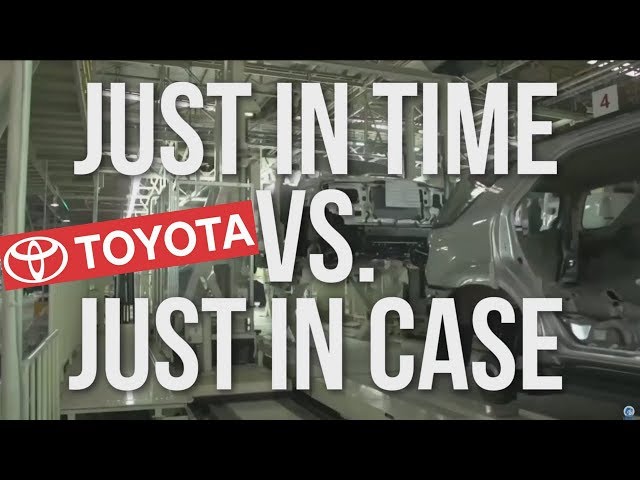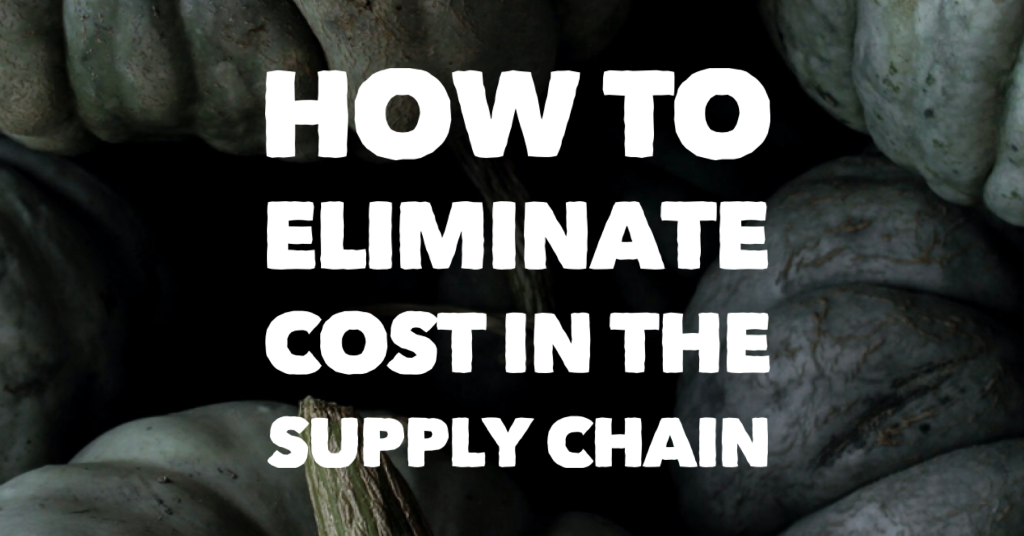Inventory Management
Inventory management is the process of overseeing the flow of goods, from ordering and receiving raw materials to dispatching finished products. It involves tracking the quantity, location, and status of inventory, as well as forecasting future demand and replenishment needs.
Effective inventory management is crucial for businesses to ensure that they have the right products in stock to meet customer demand, while minimizing excess inventory that ties up financial resources and takes up storage space. It can also help to reduce the risk of stock-outs, which can lead to lost sales and customer dissatisfaction.
Inventory management can be a complex task, particularly for businesses with a large and diverse product range, multiple locations, and fluctuating demand. To manage inventory effectively, businesses often use software tools and systems to track and analyze data on inventory levels, sales, and other key metrics. These tools can help businesses to optimize their inventory levels, improve efficiency, and reduce costs.
Inventory Carrying Costs associated with carrying inventory include:
- Interest on Capital Costs – this is the largest component of carrying cost and is associated with money tied up.
- Taxes & Insurance – insurance and taxes has to be paid on the current inventory.
- Obsolescence & Depreciation – inventory obsolescence is a major issue with products with a short shelf life or lose value over time (computer products). Companies involved with products that become obsolete quickly should be focusing on decreasing cycle times.
- Storage – the cost associated with having a facility to hold the inventory.
- Opportunity Cost – what could the capital be used for that is tied up in inventory.
Inventory carrying cost is the total cost associated with holding or storing inventory over a given period of time. It includes a variety of expenses, such as the cost of the physical space required to store the inventory, the cost of insurance and security, and the cost of any financing or borrowing required to fund the inventory.
To calculate inventory carrying cost, you would need to consider all of the relevant expenses and then divide the total by the average value of the inventory over the same period of time. This will give you a percentage that represents the carrying cost as a percentage of the inventory value.
Here is an example of how to calculate inventory carrying cost:
- Determine the relevant expenses: These might include the cost of storage space, insurance, security, and financing.
- Calculate the total carrying cost: Add up all of the relevant expenses to determine the total carrying cost.
- Determine the average inventory value: Calculate the average value of the inventory over the same period of time as the carrying cost.
- Calculate the carrying cost as a percentage: Divide the total carrying cost by the average inventory value and multiply by 100 to express the result as a percentage.
For example, if the total carrying cost for a given period of time is $10,000 and the average inventory value over the same period is $50,000, the carrying cost would be 20% ($10,000 / $50,000 * 100).
Costs of running out of inventory:
Running out of inventory, also known as stock-out or stock-out cost, can have a number of negative consequences for a business. Some of the costs associated with running out of inventory include:
- Lost sales: When a business runs out of inventory, it may lose out on potential sales. This can be especially costly if the business has high demand for a particular product or if it has a large number of loyal customers who expect to be able to purchase the product whenever they need it.
- Lost customer loyalty: If a business is consistently unable to meet customer demand due to stock-outs, it may lose customer loyalty over time. This can lead to a decline in sales and revenue.
- Increased production or procurement costs: If a business runs out of inventory and needs to quickly produce or purchase more, it may incur higher costs due to the rush to get the product back in stock. This could include higher production costs due to overtime or expedited shipping costs.
- Damage to reputation: Running out of inventory can damage a business’s reputation, as customers may perceive the business as unreliable or unable to meet their needs. This can lead to a loss of customer trust and a decline in sales.
Overall, running out of inventory can have significant negative consequences for a business, including lost sales, increased production and procurement costs, and damage to reputation. It is important for businesses to carefully manage their inventory levels to avoid stock-outs and minimize these costs.
INVENTORY CARRYING/HOLDING COST
The formula for inventory carrying or holding cost is:
Inventory carrying cost = (Storage cost + Employee salaries + Opportunity cost + Depreciation costs) / Total value of inventory
Storage cost: This includes the cost of renting or owning warehouse space, as well as the cost of utilities and insurance.
Employee salaries: This includes the salaries of warehouse workers and other employees who are involved in managing inventory.
Opportunity cost: This is the cost of holding inventory instead of investing it in other things, such as new equipment or marketing campaigns.
Depreciation costs: This is the cost of the inventory losing value over time.
The inventory carrying cost is typically expressed as a percentage of the total value of inventory. For example, if a company has an inventory carrying cost of 20%, then it is spending 20% of the value of its inventory on carrying costs each year.
Inventory carrying cost is an important consideration for businesses because it can have a significant impact on profitability. By reducing inventory carrying costs, businesses can improve their bottom line.
Here are some tips for reducing inventory carrying costs:
- Reduce inventory levels: The less inventory you have, the lower your carrying costs will be. However, it is important to be careful not to reduce inventory levels too much, as this could lead to stockouts.
- Negotiate better prices with suppliers: By negotiating better prices with suppliers, you can reduce the cost of your inventory.
- Improve inventory management: By improving inventory management, you can reduce the risk of inventory obsolescence and shrinkage.
- Use technology to automate inventory management tasks: Technology can help you to automate inventory management tasks, such as tracking inventory levels and placing orders.
By following these tips, businesses can reduce inventory carrying costs and improve their profitability.
AVERAGE INVENTORY
The formula for average inventory is:
Average inventory = (Beginning inventory + Ending inventory) / 2
This formula can be used to calculate the average inventory for a specific period of time, such as a month, quarter, or year.
For example, if a company has a beginning inventory of $10,000 and an ending inventory of $15,000, its average inventory for that period would be $12,500.
Average inventory can be used for a variety of purposes, such as:
- Tracking inventory levels: Average inventory can be used to track inventory levels over time. This can help businesses to identify trends and to ensure that they have enough inventory to meet demand.
- Calculating inventory turnover: Inventory turnover is a measure of how quickly a business sells its inventory. Average inventory can be used to calculate inventory turnover by dividing the cost of goods sold by the average inventory.
- Making budgeting and forecasting decisions: Average inventory can be used to make budgeting and forecasting decisions. For example, a business can use its average inventory to estimate how much money it needs to spend on inventory in the future.
It is important to note that average inventory is just one measure of inventory levels. It is important to consider other factors, such as seasonal fluctuations in demand, when making decisions about inventory levels.
ECONOMIC ORDER QUANTITY
The formula for Economic Order Quantity (EOQ) is:
EOQ = √(2DS / H)
where:
- D is the annual demand for the product
- S is the setup cost per order
- H is the holding cost per unit per unit time
The EOQ is the optimal order quantity that minimizes the total inventory costs, which includes the setup costs and the holding costs.
The EOQ formula can be used to calculate the optimal order quantity for a wide range of products, including raw materials, finished goods, and spare parts. It is an important tool for businesses that want to reduce their inventory costs and improve their profitability.
Here is an example of how to use the EOQ formula:
Suppose a company has an annual demand of 10,000 units for a product. The setup cost per order is $100 and the holding cost per unit per unit time is $0.50.
The EOQ can be calculated as follows:
EOQ = √(2 * 10,000 * 100 / 0.50) = 1,414 units
Therefore, the optimal order quantity for the company is 1,414 units.
It is important to note that the EOQ formula is a theoretical model. In the real world, there are other factors that can affect the optimal order quantity, such as lead times, price breaks, and seasonal fluctuations in demand.
REORDER POINT
The formula for reorder point (ROP) is:
ROP = Lead time demand + Safety stock
where:
- Lead time demand is the number of units of a product that are expected to be sold during the lead time, which is the time it takes to receive an order after it is placed.
- Safety stock is an inventory buffer that is held to protect against unexpected increases in demand or disruptions in supply.
The ROP is the minimum inventory level that a business should have in order to avoid stockouts. When the inventory level reaches the ROP, a new order should be placed.
Here is an example of how to use the ROP formula:
Suppose a business has a lead time of 10 days and a daily demand of 100 units. The business also wants to maintain a safety stock of 500 units.
The ROP can be calculated as follows:
ROP = (10 days * 100 units/day) + 500 units = 1,500 units
Therefore, the business should place a new order when the inventory level reaches 1,500 units.
It is important to note that the ROP formula is a general guideline. The actual ROP for a business will vary depending on a number of factors, such as the product’s variability in demand, the lead time variability, and the cost of stockouts.
Here are some tips for setting an accurate ROP:
- Use historical sales data to forecast future demand: The more accurate your demand forecast is, the more accurate your ROP will be.
- Consider the lead time variability: If the lead time for a product is variable, you should increase your safety stock to protect against unexpected delays.
- Consider the cost of stockouts: Stockouts can be costly, so you should weigh the cost of stockouts against the cost of holding excess inventory.
Inventory Management Training.
- Agile Project Management with Kanban.
- Bullwhip Effect and Beer Game.
- How Amazon Receives Your Inventory.
- How Apple’s Inventory Management is So Lean.
- Inventory Management.
- Lean, Kaizen, and Continuous Improvement.
- Lean Manufacturing – Lean Factory Tour.
- Takt Time, Cycle Time, Lead Time.
- What Is Inventory Management?
What is Just in Time (JIT): Smartest Production System in The World
How to Eliminate Cost in the Supply Chain.
What is Demand Forecasting.



